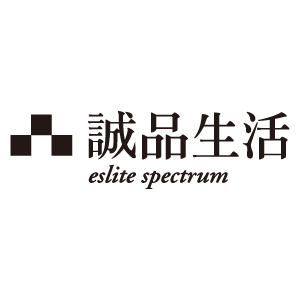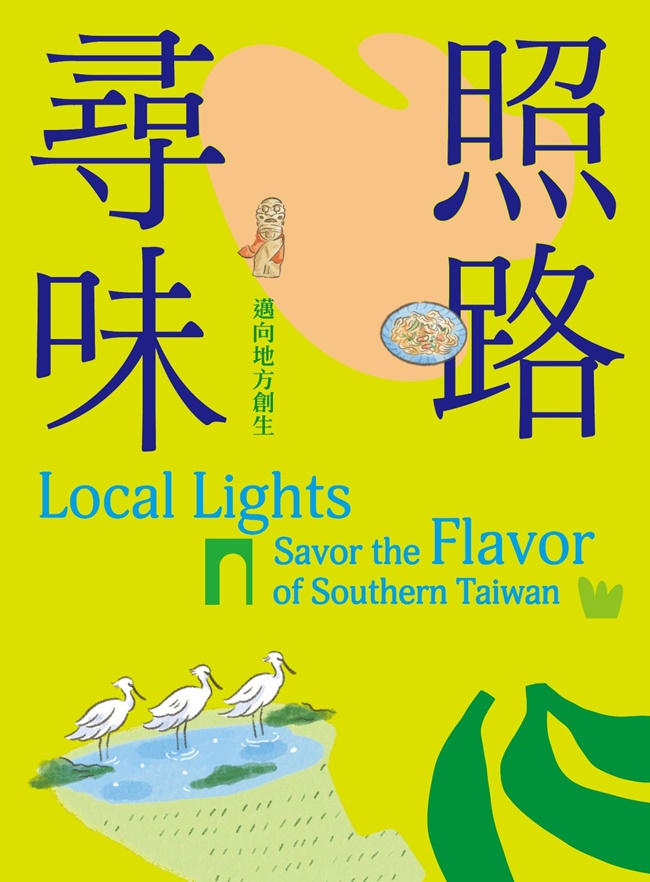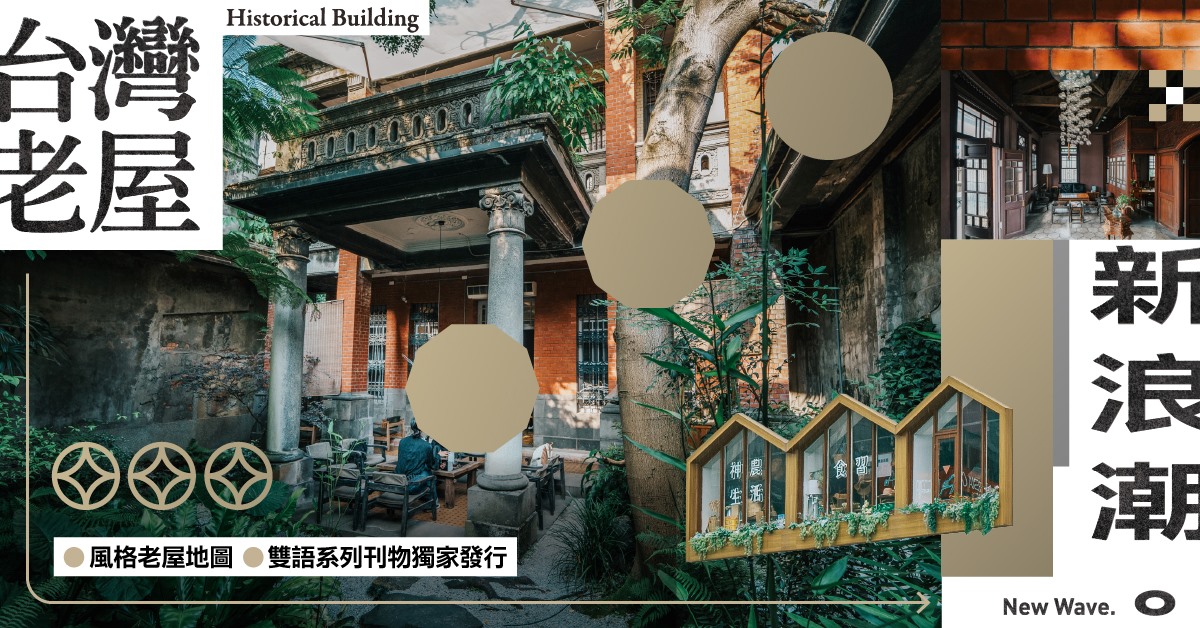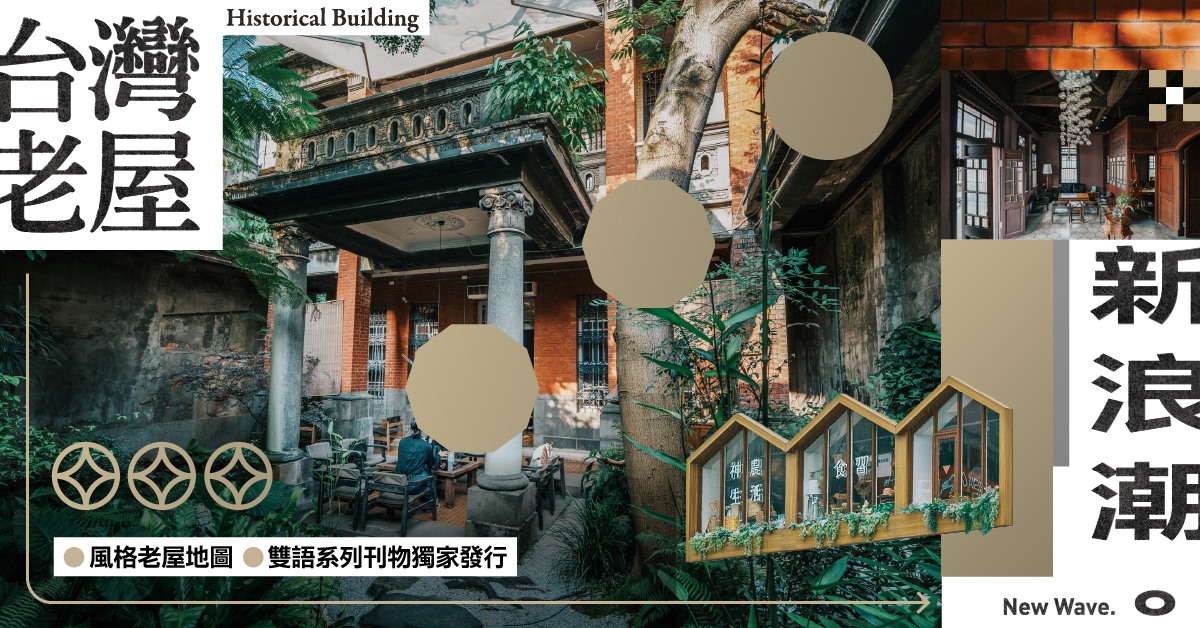
風格老屋地圖|大稻埕葉晋發商號 Yehjinfa Rice Story Museum, Dadaocheng ── 米穀的百年鎏金「穗」月
撰文 誠品生活南西攝影暨資料提供 老屋顏|Photography & Information Provided by Old House Face Studio;插畫 Tom Parker|Illustrator Tom Parker;編輯 楊涵硯|Editor Lala Yang;平面設計 吳岳軒|Graphic Design Yue Syuan Wu
屋齡:逾135年
Building Age : over 135 years
\大稻埕俗諺:葉家歷史即等同北街歷史/
\As the local saying goes: “The history of the Yeh family is the history of North Dadaocheng.”/
── 找回葉家的根即為找回自我的價值
── Rediscovering the Yeh family’s roots is a journey to reclaim personal identity and value.
\溯古 Then/
日治大正時期(約1923年),台北橋葉家在迪化街北段購置洋式立面街屋作為經營碾米事業的土礱間而發跡,成為大稻埕米穀產業最具影響力的家族之一。民國50年後將二進式建築,從一進天井到二進宴客廳,忠實呈現百年來的家族進程,在2016年被登錄為臺北市政府文化局歷史建築。
During the Taishō period of Japanese rule (circa 1923), the Yeh family of Taipei Bridge acquired a Western-style shophouse in the northern section of Dihua Street to launch their rice milling business. This became the foundation of the Yehjinfa enterprise, establishing the family as one of the most influential forces in Dadaocheng’s rice industry. In the 1960s, the second courtyard of the traditional two-section building was transformed into a reception hall, extending from the central courtyard to the rear. The structure faithfully captures the evolution of the family’s legacy over a century. In 2016, it was officially registered as a Taipei City Historic Building by the Department of Cultural Affairs.

\即今 Now/
目前由葉家五代葉晏廷以博物館形式經營商號原址,秉持「還原歷史文化根本凝聚家族力量」的核心思想,深耕在地長者關懷與兒童教育,自2016年迄今舉辦上萬場導覽及體驗活動,並期待未來將會轉譯在地歷史符碼,探索文創產業多元發展的商業模式。結合當代消費趨勢及臺灣在地物產,提供穀類手搖飲、伴手禮與IP經濟產業轉型,持續發揚台灣米穀魅力。
The original site is now managed by fifth-generation descendant Tom Yeh, who operates the space as a cultural museum. With the mission of “restoring historical and cultural roots to strengthen family ties,” the museum actively engages in community elderly care and children’s education. Since 2016, it has hosted thousands of guided tours and hands-on experiences. Looking ahead, the museum seeks to reinterpret local heritage through innovative cultural and creative ventures, exploring sustainable business models rooted in place-based storytelling. Embracing contemporary consumer trends and Taiwan’s local produce, the museum offers grain-based handcrafted beverages, curated souvenirs, and branded merchandise, revitalizing the enduring appeal of Taiwanese rice culture.
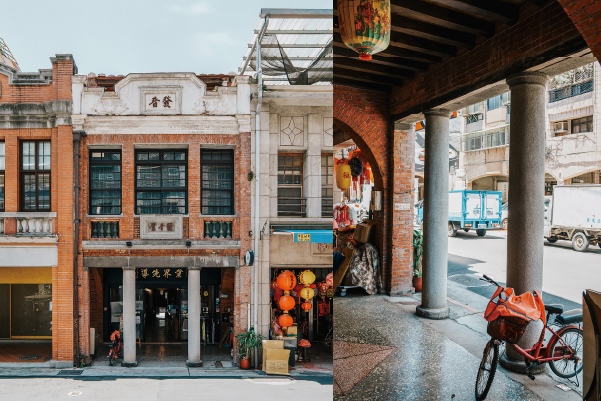
▲ 大稻埕早期洋式立面街屋建築形式,騎樓磚造拱圈、山牆立面上的諧音寓意平安酒瓶造型欄杆鑲飾可揭露年代。
The early Dadaocheng-style shophouse features include a brick arcade and decorative balcony railings shaped like wine bottles—a phonetic pun symbolizing peace and prosperity, and often used to date the structure.
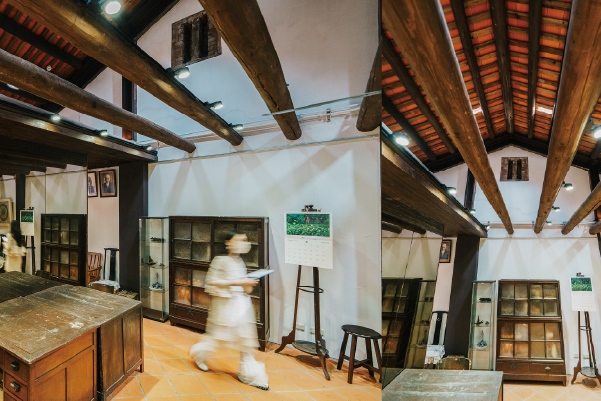
▲ 三樓前段的建築採「硬山擱檁」構造設計主要目的在於散熱與儲藏,彰顯閩式建築的智慧。
The third-floor front section was constructed using a yingshan gelian (beam-supported gable roof) structure, designed for ventilation and storage, and a hallmark of Minnan (Southern Fujian) architecture.
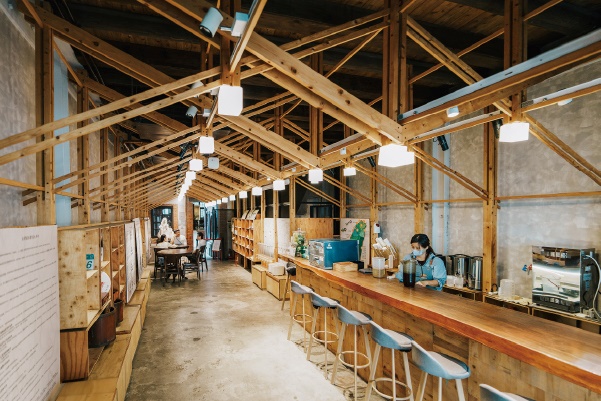
▲ 一樓前段開放式空間,以日式穀倉桁架概念設置卯榫無釘的木構展架,可完整維護歷史建築牆面不受損傷。
The front exhibition area on the first floor showcases timber frameworks inspired by Japanese rice granaries, built using traditional mortise-and-tenon joinery with no nails—preserving the original historic walls without damage.
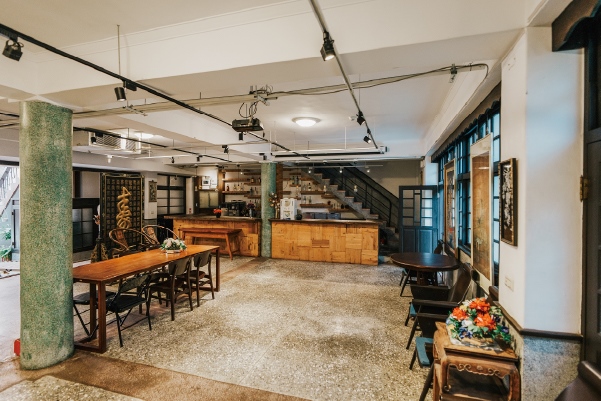
▲ 50年代後段二進空間由二代主人改建為「禮堂式空間」,採磨石子地坪與圓柱當代設計。
The rear “ceremonial hall” space, renovated by the third-generation owner in the late 1960s, features terrazzo flooring and cylindrical columns in a modernist design.
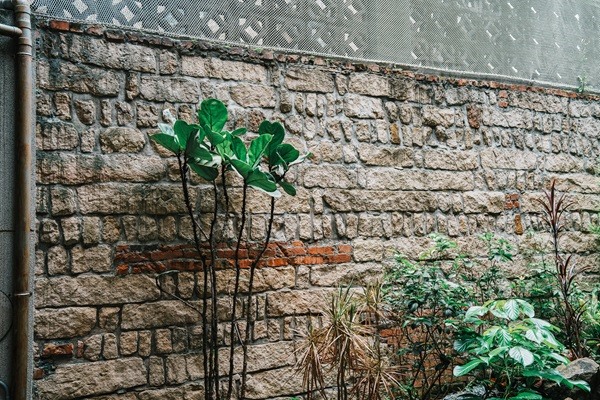
▲ 據考究台北建城歷史,葉家花園牆面的北投唭哩岸石材來源極有可能為台北城門。
According to urban historical studies, the stone used in the garden wall, harvested from quarries in Beitou’s Ki-Irigan (Qilian) region, may have originated from the former Taipei City Gates.
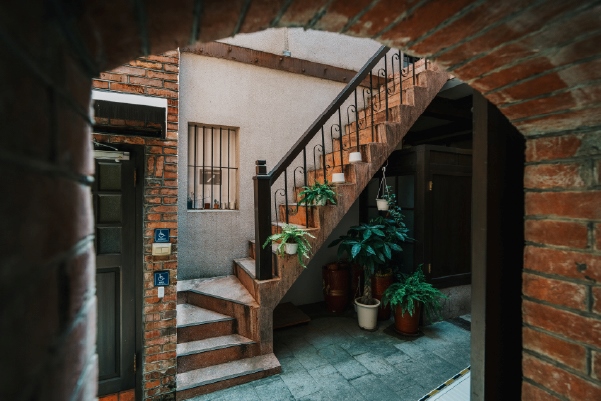
🕧 週三-日 13:30-17:00/週一-二公休
Wednesday–Sunday 13:30–17:00 (Closed Mondays and Tuesdays)
📍 台北市大同區迪化街一段296號
No. 296, Section 1, Dihua Street, Datong District, Taipei
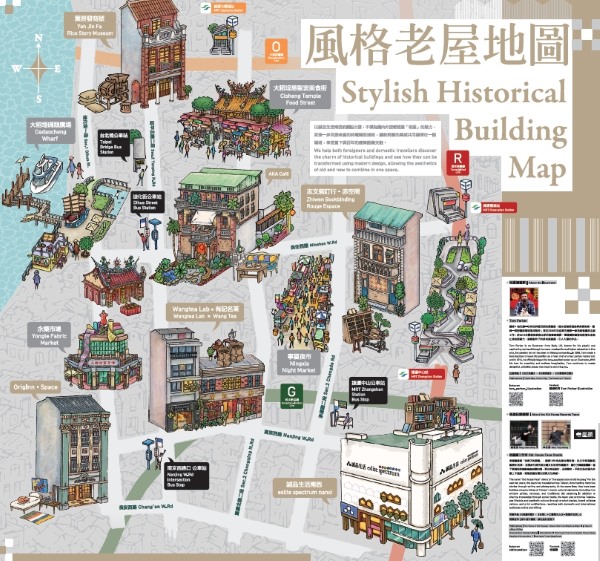
▲ 看完整插畫地圖 See the full illustration map
看完整老屋文章列表 <<< 請點此 >>>


